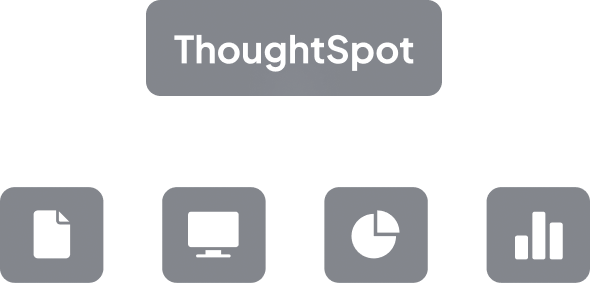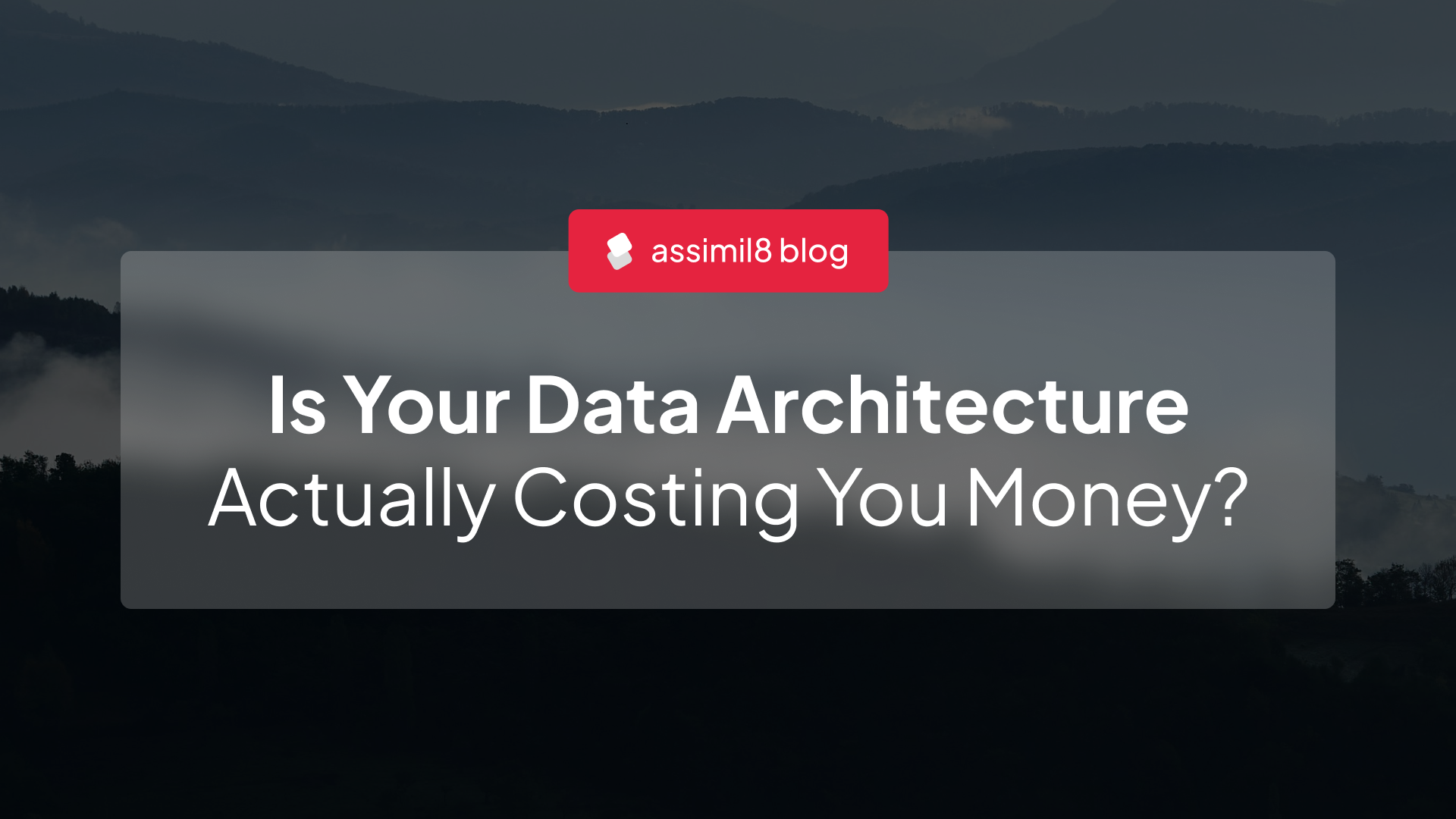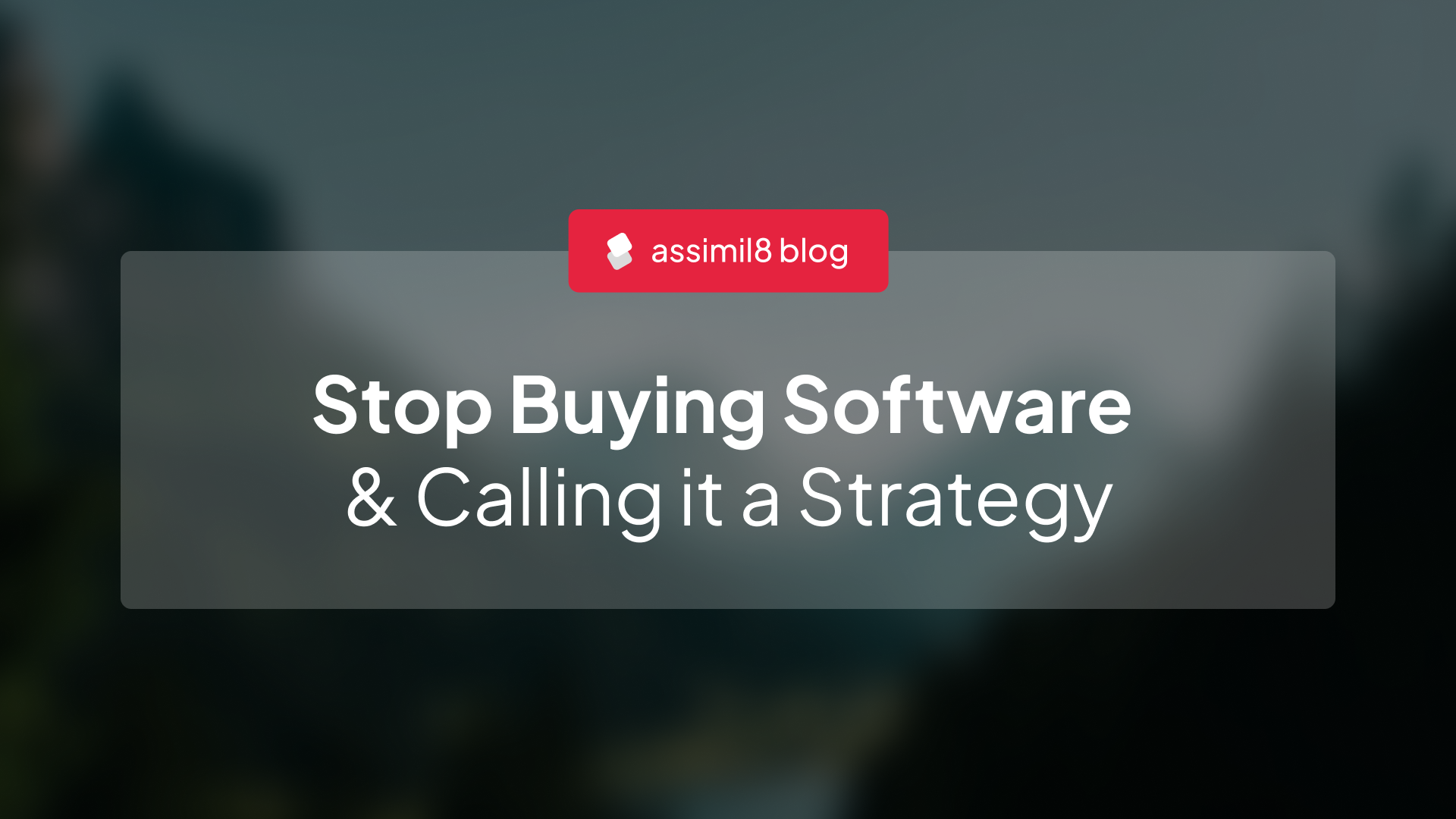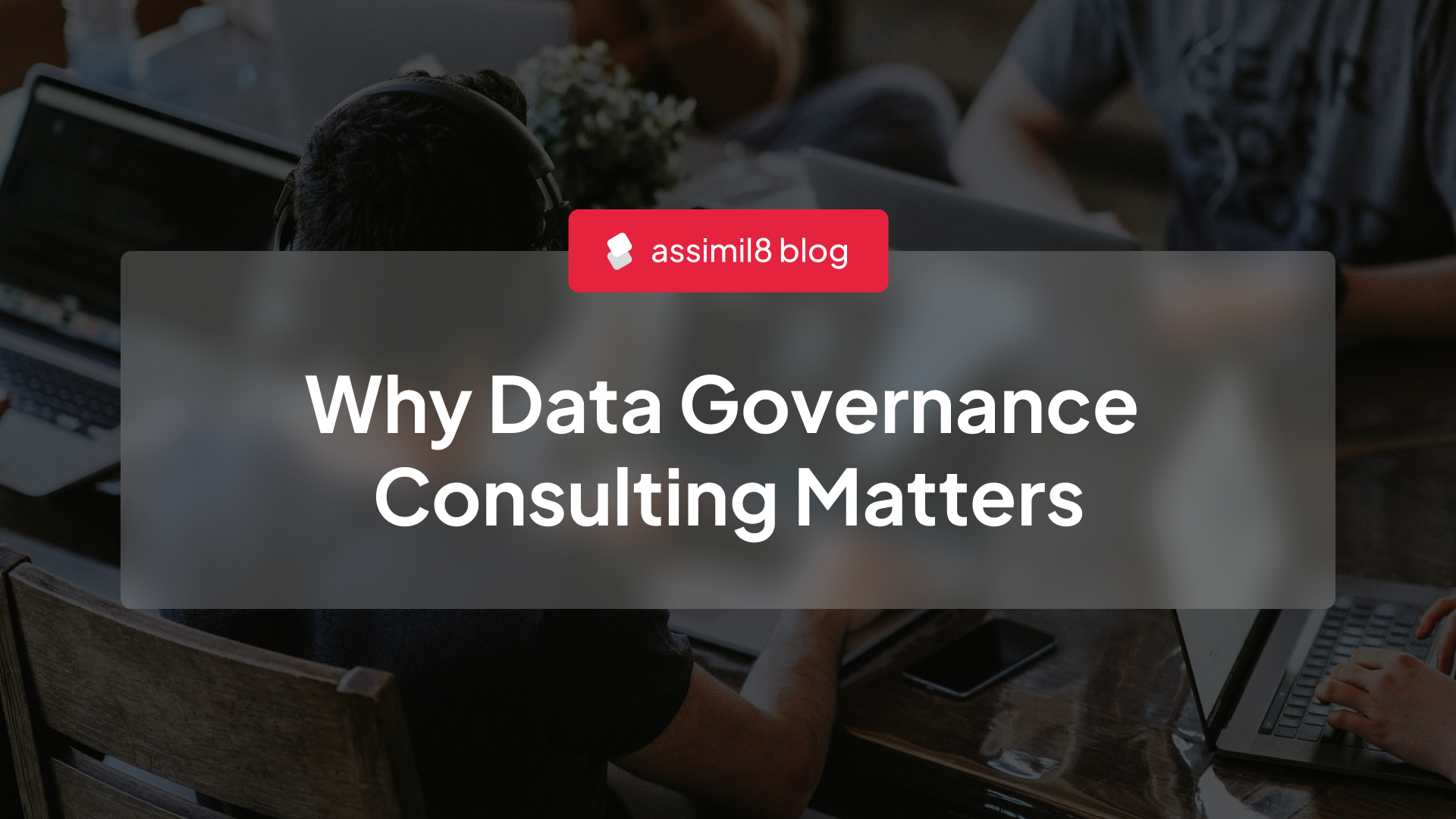Are You Paying for 'Free' AI Tools with Your Company's Data?
The rise of powerful, user-friendly AI tools has seen the market flooded with AI powered solutions at seemingly affordable prices. With just a few clicks, your teams can now analyse data, generate content, and automate workflows that previously required specialist skills and a mechanical keyboard that made satisfying clicking sounds. It’s a massive win for productivity, right?
But there’s one crucial question that many seem to overlook when connecting to these new, powerful tools: What happens to the data we put in?
When an employee uploads a sales forecast spreadsheet, a draft marketing strategy, or a snippet of proprietary code into a ‘free’ or low-cost AI tool, you’re often unknowingly agreeing to let that platform use your data to train its own models.
You’re not just using the tool; you’re actively making it smarter for your competitors to use.
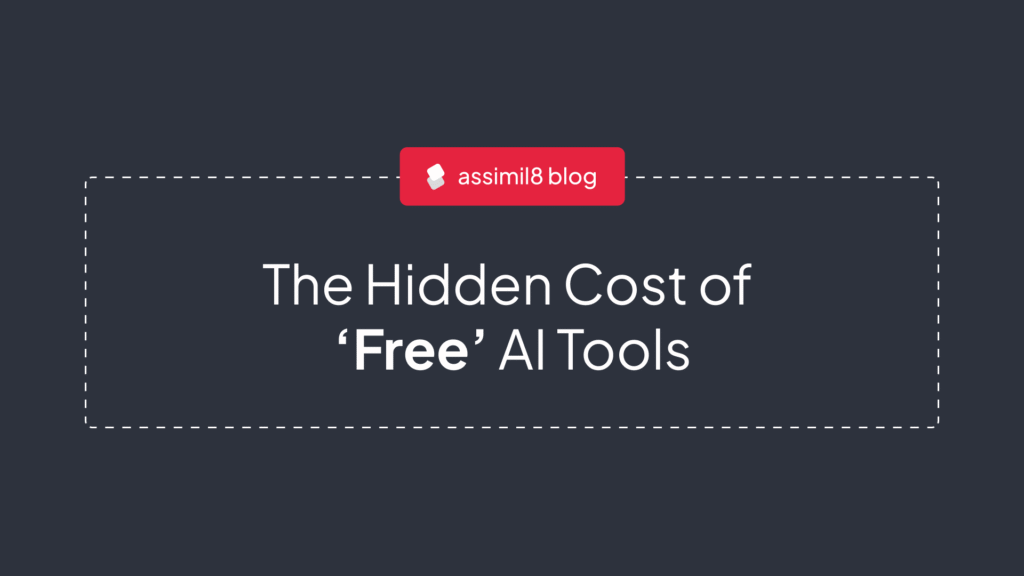
The Black Box: How Your IP Becomes Their Training Data
Most generative AI models operate on a simple principle: the more data they process, the more capable they become. The prompts, the documents, and the data your team inputs are not just processed and forgotten; they are often ingested, analysed, and used to refine the model’s future responses.
Think of it like talking to a consultant who memorises every confidential detail you share and then uses that knowledge nip across the street to advise your biggest competitor on how to do what you do, but better.
This is a fundamental, and often misunderstood, risk. The vague “Terms of Service” that are clicked through without a second thought often contain clauses that grant the provider broad rights to use your inputs for “service improvement” or “model training.” In effect, you’re trading your most valuable intellectual property for the convenience of the tool.
The Real-World Consequences
This isn’t a theoretical problem. This is how significant commercial risks materialise:
- Proprietary Data Leakage: A custom-developed algorithm, a confidential client list, or the financial projections for your next quarter are entered into a model. That information is now no longer exclusively yours and could potentially be surfaced in a response to another user.
- Loss of Competitive Advantage: Your unique business processes and strategic language, when fed into a model, help it understand your industry better. This makes the tool more effective for everyone, including the rivals you’re trying to outperform.
- Compliance & Regulatory Breaches: If any of the data entered contains personal information, you could be in breach of GDPR by transferring that data to a third-party AI model without the appropriate consent or safeguards.
The Solution: A Policy Built on Technical Understanding
Protecting your business requires more than just telling your team to “be careful.” It requires a robust AI Policy Framework built on a clear understanding of these technical risks.
A technically sound policy doesn’t just list approved tools; it defines the class of data that is permissible for use in different types of AI environments. It establishes clear protocols for:
- Data Classification: Differentiating between public, internal, and highly confidential information.
- Tool Vetting: Scrutinising the Terms of Service of any new AI tool before it is approved for use.
- Private Environments: Guiding teams towards using secure, private, or “sandboxed” AI models for any work involving sensitive data.
This is how you move from a position of reactive fear to proactive governance.
Take Control of Your Data
Don’t let the convenience of no-code AI tools come at the cost of your company’s most valuable assets. It’s time to build a framework that allows you to innovate with your eyes open.
At assimil8, we help businesses like yours develop technically-astute AI policies that protect your data, safeguard your IP, and provide a secure foundation for growth.
Check out our dedicated AI Policy Framework for more information.

